Red berries (2 plants)
mattp321
8 years ago
Featured Answer
Sort by:Oldest
Comments (11)
mattp321
8 years agoRelated Discussions
Roadside plant with Red Berries
Comments (2)One of the invasive bush honeysuckles such as Lonicera x bella....See MoreRed berry plant
Comments (7)Hi Sophiera - you don't need to use html to put in a link. Just put the address into the box below which says 'Optional Link URL' and it will come up like this: Here is a link that might be useful: Sophiera's link This post was edited by florauk on Mon, Sep 9, 13 at 10:14...See MoreWhat is this tree/plant with red berries???
Comments (4)Considered invasive here. Has a hollow stem. In Wichita they have been fighting the spread in local parks. I'm not a registered ecofreak but this one has been a PITA in parks and arboretums. hortster...See MoreID help with red berry wild plant in WV Oct. 2012
Comments (6)I see that now, as I read, thanks. The leaves reminded me so much of a crown of thorns house plant I used to have, but I know that house plant does not get berries....See MoreNHBabs z4b-5a NH
8 years agolast modified: 8 years agomattp321
8 years agolast modified: 8 years agofloral_uk z.8/9 SW UK
8 years agomattp321
8 years agoNHBabs z4b-5a NH
8 years agofatamorgana2121
8 years agomattp321
8 years agoNHBabs z4b-5a NH
8 years agoRugbyHukr
8 years ago
Related Stories
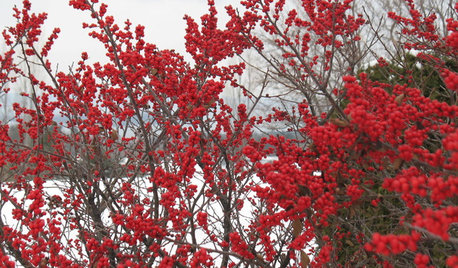
GARDENING GUIDES6 Rockin’ Red Plants for Winter Gardens
Use the bright berries or branches of these cold-climate favorites for outdoor garden interest or container arrangements anywhere
Full Story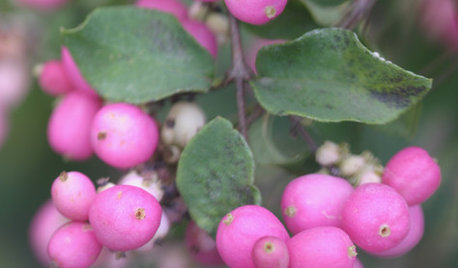
LANDSCAPE DESIGN5 Berry-licious Shrubs to Plant Now for Winter Interest
Showy color during snow season? You bet. These shrubs will wake up a garden with colorful berries when other plants are asleep
Full Story
GARDENING FOR BIRDSFeed the Birds: 6 Plants for Abundant Winter Berries
Be kind to your fair feathered friends during lean food times by planting a shrub or tree loaded with nutritious snacks
Full Story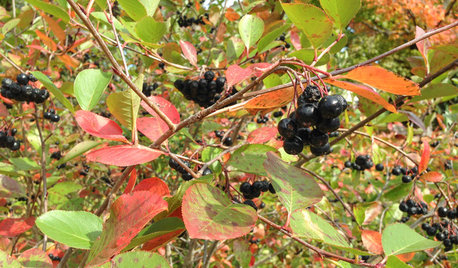
GARDENING GUIDESGreat Design Plant: Aronia Melanocarpa, a Star for Three Seasons
Plant black chokeberry in moist sites in eastern U.S. gardens for colorful spring flowers, red fall foliage and dark blue berries
Full Story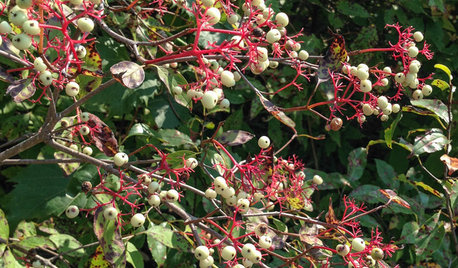
GARDENING GUIDESGreat Design Plant: Cornus Racemosa
In eastern North America, plant gray dogwood for erosion control or privacy, and you'll get flowers, berries and maroon fall foliage too
Full Story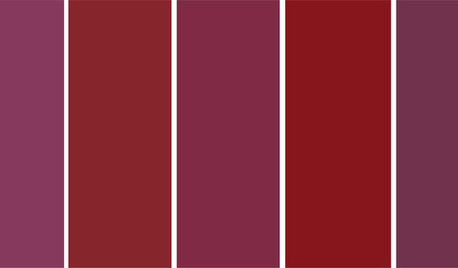
REDRavishing Reds, Pinks and Purples for Fall 2012
Whether you love a fine wine color or go cuckoo for berry, this season's runways are offering some hues for your home to savor
Full Story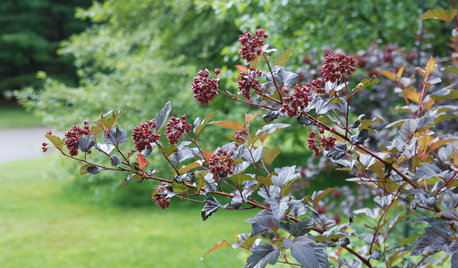
GARDENING GUIDES6 Branches and Berries to Spruce Up Holiday Decor
Bring garden cuttings in from the cold to warm up seasonal arrangements and decorate your home for the holidays
Full Story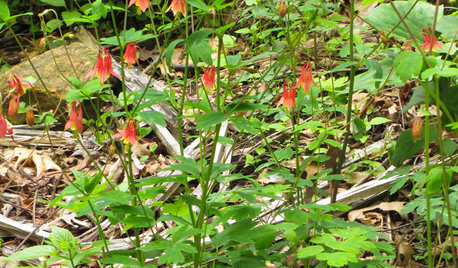
FLOWERS AND PLANTSRoll Out the Welcome Mat for Hummingbirds With Red Columbine
Grow Aquilegia canadensis in eastern perennial gardens or informal woodland plantings for its delicate foliage and uncommon red flowers
Full Story
DECORATING GUIDESDecorate With Winter Berries
Gather up branches with bright-red berries for instant holiday color
Full Story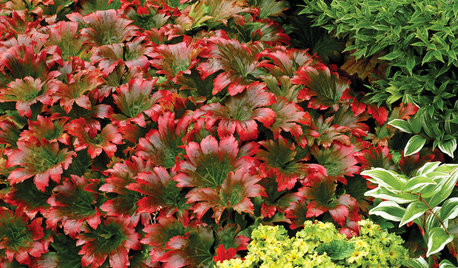
RED FOLIAGEGreat Design Plant: Red-Leafed Mukdenia
Creamy white blossoms give way to splashes of scarlet with this energetic, dramatic ground cover
Full Story


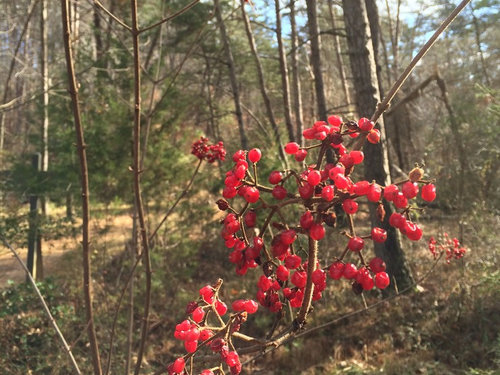
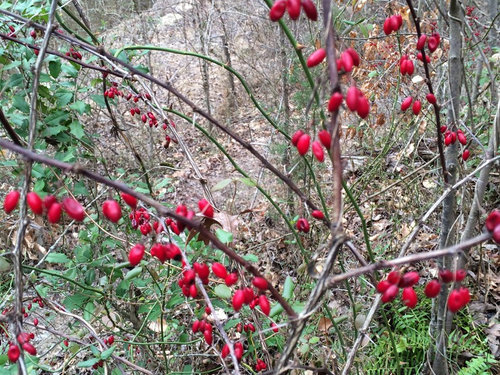

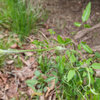


thedecoguy